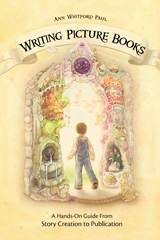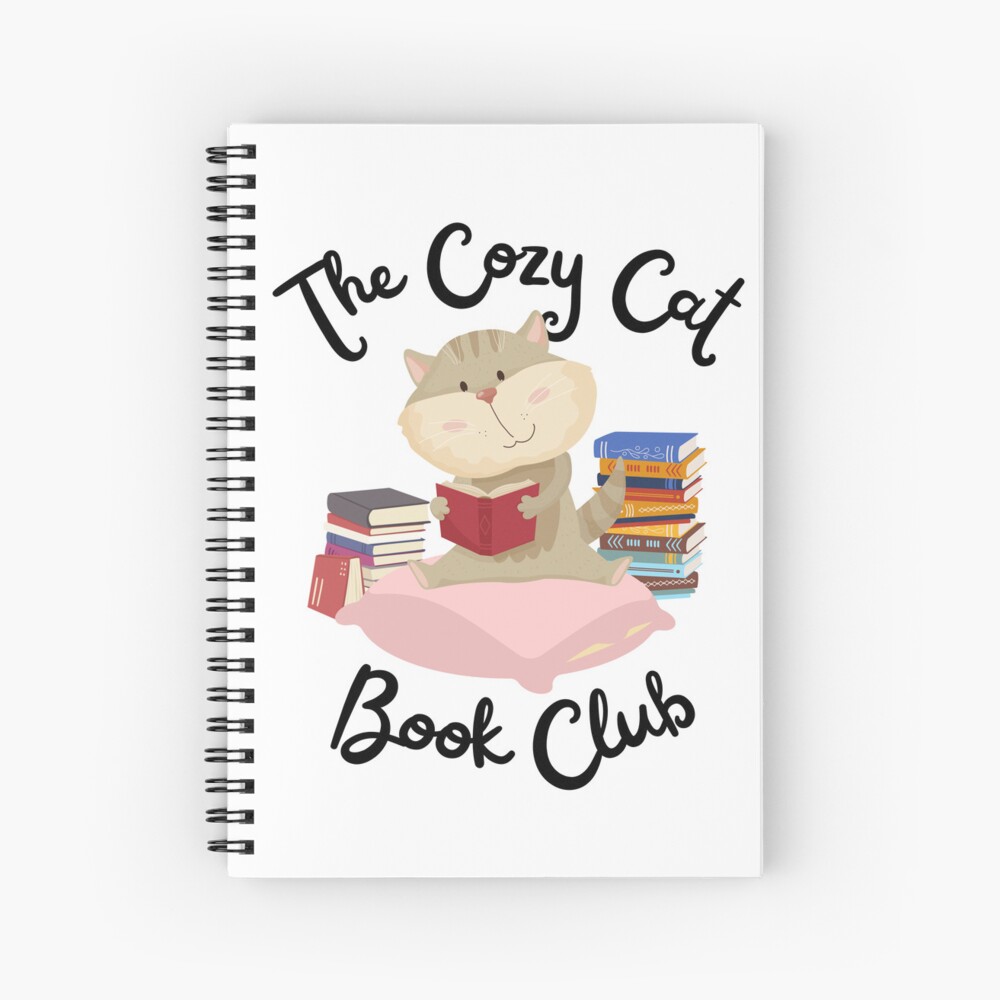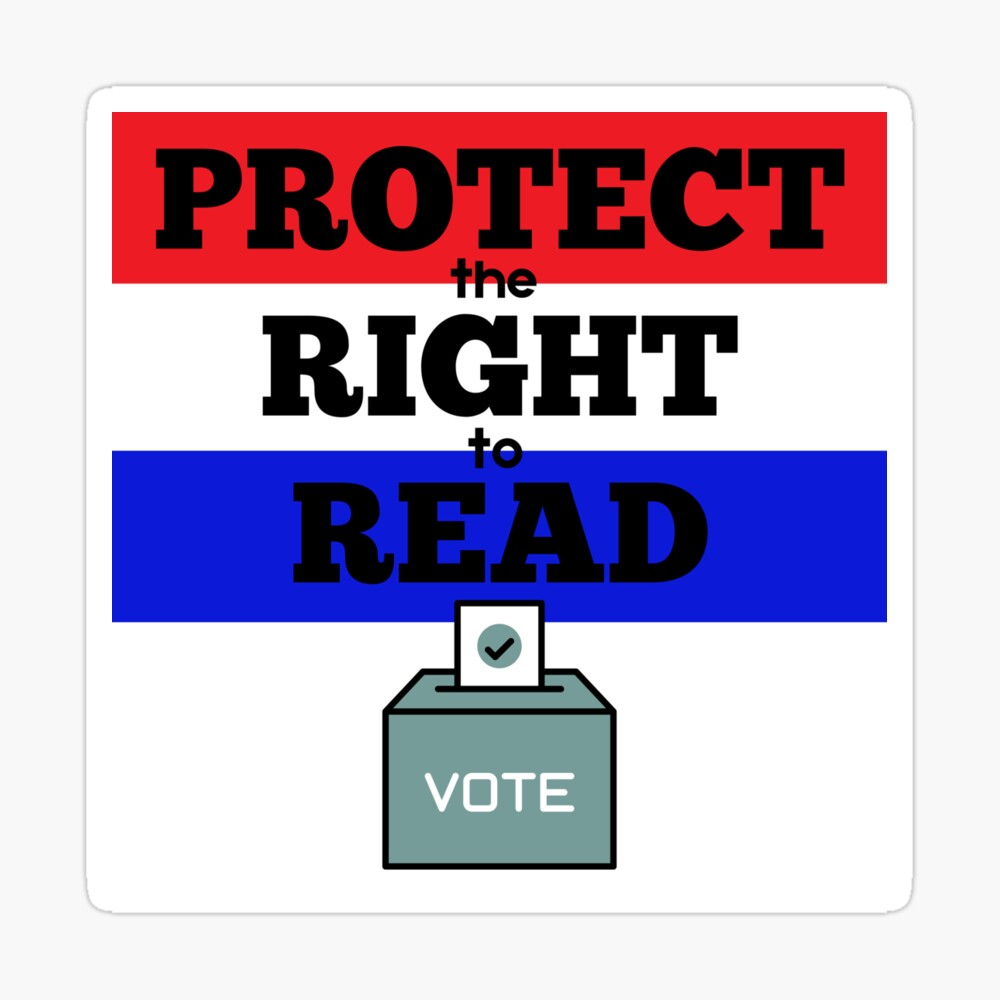I have a confession. I missed writing again yesterday. Doh! So no word count.
 But, today, author Ann Whitford Paul is joining us on Day By Day Writer. Ann is an expert on writing picture books, and I’ve grilled her on the art of telling a complete story in 700 words of less. If you have another question for Ann, post it in the comments.
But, today, author Ann Whitford Paul is joining us on Day By Day Writer. Ann is an expert on writing picture books, and I’ve grilled her on the art of telling a complete story in 700 words of less. If you have another question for Ann, post it in the comments.
Ann, congratulations on your new book, Writing Picture Books: A Hands-On Guide From Story Creation to Publication. I think the work it takes to write a great picture book is underestimated. I’ve tried writing some, and still haven’t succeeded. I’ll have to get your book! 🙂 How long did it take you to figure out the process of writing picture books, and how did you learn it?
 I’m a slow learner. I was writing picture book stories for 5 years before I sold my first one. Why did it take so long? One reason was I was busy raising four children and it was difficult grabbing chunks of time to focus. But when I did have time, I always wrote and my bookshelves hold the evidence of the numerous books I read about craft. In addition I attended classes at UCLA Extension and looked forward every summer to the SCBWI National summer conference in Los Angeles. Another thing I did was study picture books. Besides reading many to my children, I also typed up their texts to have after I returned the books to the library. I even made dummies (pretend books of 32 pages with the text cut out and pasted where it went in the published book.) I still do that with favorite books. It helped me learn about pacing and page turns in picture books.
I’m a slow learner. I was writing picture book stories for 5 years before I sold my first one. Why did it take so long? One reason was I was busy raising four children and it was difficult grabbing chunks of time to focus. But when I did have time, I always wrote and my bookshelves hold the evidence of the numerous books I read about craft. In addition I attended classes at UCLA Extension and looked forward every summer to the SCBWI National summer conference in Los Angeles. Another thing I did was study picture books. Besides reading many to my children, I also typed up their texts to have after I returned the books to the library. I even made dummies (pretend books of 32 pages with the text cut out and pasted where it went in the published book.) I still do that with favorite books. It helped me learn about pacing and page turns in picture books.
How important is character development and action in picture books? What are the most important elements?
Strong characters are incredibly important in picture books. Just think back to those picture books you loved from your childhood. My favorites,
which will date me, were Ferdinand and Peter Rabbit. My children loved Rotten Ralph and Curious George. Now my granddaughters love Fancy Nancy and Olivia. A strong, compelling and imperfect character gives child listeners someone to identify with and worry about and, most valuably, a friend to
come back and visit over and over again.
Action is also necessary because our books are illustrated and thoughts and dialog are difficult to illustrate. Also we want lots happening in our books to grab and keep the young children’s attention.
Which of your books was the easiest and which the hardest? Why?
The easiest book I ever wrote was EIGHT HANDS ROUND: A PATCHWORK ALPHABET because quilting and sewing patchwork is a hobby of mine. Also, from the time I was a child, I have been interested in history . . . not the dry dates of battles and treaties, but the everyday details of how people used to live. Patchwork patterns with their names inspired by the times they were stitched, such as Anvil, Buggy Wheel, Churn Dash spoke of earlier centuries. Even though I read over 60 books and spent six months researching, this was the easiest book I wrote, because it came out of my passions and I cared deeply about getting it right.
 One of the hardest books I wrote is IF ANIMALS KISSED GOOD NIGHT. This was inspired by a game I used to play with my third child, Alan. We live close to a zoo and often went there after afternoon naps. Then, that night, we would pretend we were animals and tried to kiss the way they might. For example, we held our arms like long trunks and kissed at the end of them like an Elephant might do. We squirmed on the ground and kissed like snakes. We kissed while hopping pretending to be kangaroos. But the writing was impossible. I wrote one version that echoed exactly what we had done–a mother and son playing the game together and sent it to several editors. It was always rejected. Finally one editor explained why. She thought it was a bit incestuous!! Wow! That thought had never occurred to me. So I had to go back to square one. I decided to forget about people in the book and just imagine how animals might kiss and not have any people in it. Interestingly, the illustrator, David Walker, put in a mother and her child at the beginning and end of the book so it would feel like a conversation between the two. Also this time, I wrote using rhythm and rhyme so that took more time.
One of the hardest books I wrote is IF ANIMALS KISSED GOOD NIGHT. This was inspired by a game I used to play with my third child, Alan. We live close to a zoo and often went there after afternoon naps. Then, that night, we would pretend we were animals and tried to kiss the way they might. For example, we held our arms like long trunks and kissed at the end of them like an Elephant might do. We squirmed on the ground and kissed like snakes. We kissed while hopping pretending to be kangaroos. But the writing was impossible. I wrote one version that echoed exactly what we had done–a mother and son playing the game together and sent it to several editors. It was always rejected. Finally one editor explained why. She thought it was a bit incestuous!! Wow! That thought had never occurred to me. So I had to go back to square one. I decided to forget about people in the book and just imagine how animals might kiss and not have any people in it. Interestingly, the illustrator, David Walker, put in a mother and her child at the beginning and end of the book so it would feel like a conversation between the two. Also this time, I wrote using rhythm and rhyme so that took more time.
What are some of you favorite picture books from other authors, ones that have inspired your work?
I absolutely adore this new rhymed picture book I CAN DO IT MYSELF by Diane Adams and illustrated by my friend Nancy Hayashi. THANK YOU, SARAH: The Woman Who Saved Thanksgiving by Laurie Halse Anderson is also a favorite. It’s amazing how lively she made a history book. Helen Ketteman in BUBBA THE COWBOY PRINCE and other retellings uses fabulous fun language. Check them out.
It seems that word counts are always changing. What’s the current trend?
I always get nervous when my picture book text hits 700 words. In WRITING PICTURE BOOKS I have a chapter about the different word counts in board
books, picture books and picture story books. The more a writer is familiar with children of all ages, the more he/she can predict their attention spans
and write accordingly.
Picture books seem to always be in demand. Can you tell us a bit about that segment of the publishing business right now?
Ouch! The publishing business is going through tumultuous growing, or perhaps changing is the more appropriate term, pains. Many wonderful editors have been laid off, and budgets are being cut back so publishing houses are more careful about what manuscripts they buy. That could be a good thing for the world if it means more quality books. On the other hand, it’s difficult for the creators, because the odds of selling a manuscript are decreasing. I certainly hope picture books and that wonderful sensual experience of shared reading and turning pages together will be around for a long time.
Thanks so much, Ann.
Don’t forget you can leave Ann a question in the comments.
Write On!







2 Responses
Ann,
You talk about the 700 word limit for picture books. Are most of your books around that 700 limit? Shorter? When I think about books I’ve read with my children 700 seems like a lot! Their books always seemed shorter.
Jodi,
Of course there is no limit. The number of words in picture books varies wildly from none up to and over 1,000. Obviously the word count would reflect the age of the audience and their ability to sit still and listen. My picture books for the very very young usually hover around two or three hundred words. Right now WORD BUILDER has only around 65 words. GOOD NIGHT MOON has 130 words. The comment about 700 words had to do with the point where I get nervous and work hard to cut the count down. (These 700 word books are for older children–perhaps kindergarteners or those who are just learning to read.) The writers of picture books should keep in mind both the abilities of children to pay attention and also their frequent request to hear a book again. Be kind to the adult reader who must do the reading two, maybe three times and keep it tight.